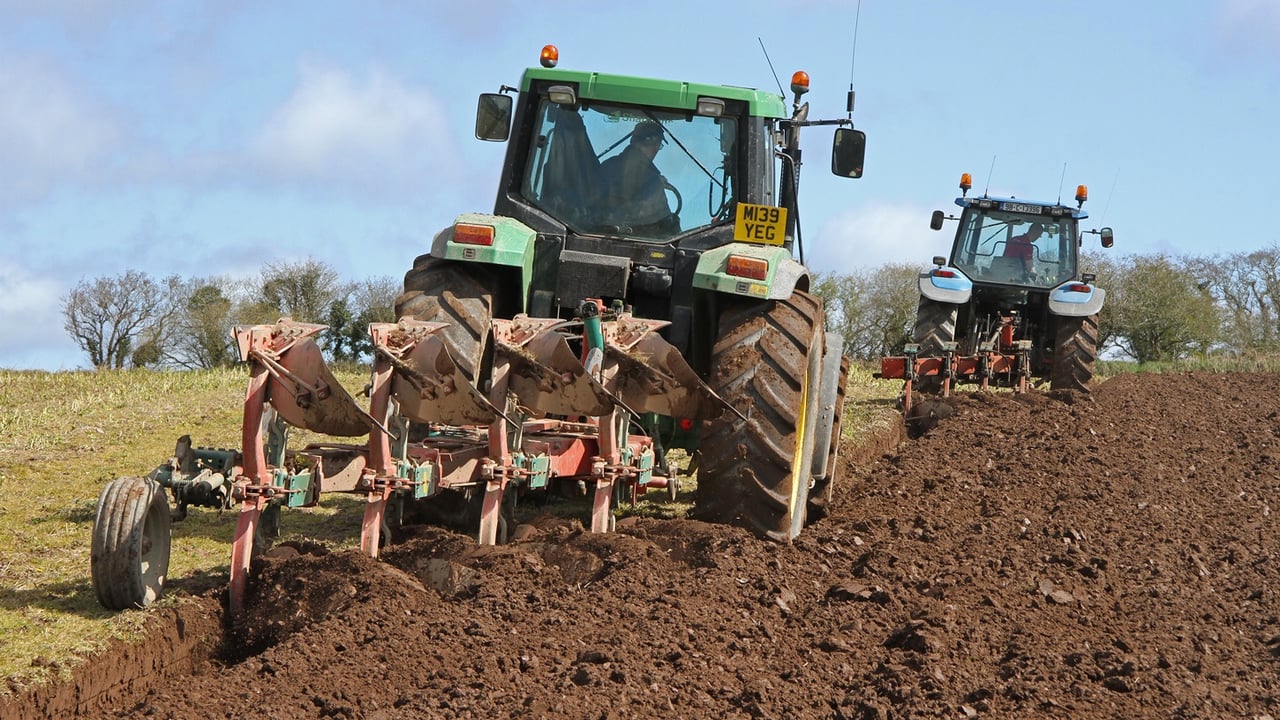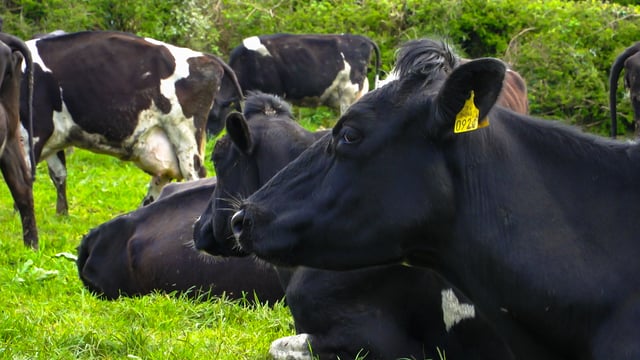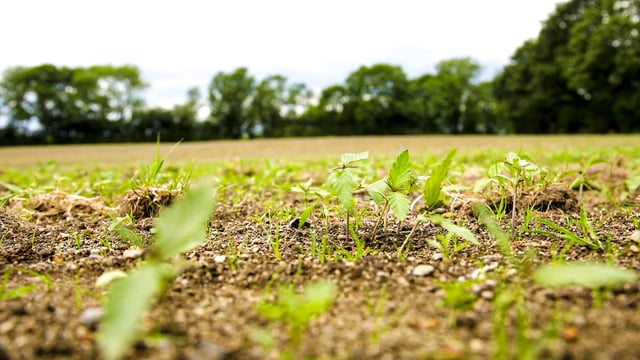Tillage Incentive Scheme: An expensive decision to plough up grassland?
Grassland used for the recently announced, Tillage Incentive Scheme (TIS) must be inherently fertile.
That's according to the most recent edition of the Tillage Edge podcast, which focused on all the potential aspects of the government’s initiative to encourage the growing of crops in Ireland.
Teagasc specialist, Ciaran Collins commented: “It would be important to know if a specific field had grown crops before. If its soil indices are low, then final yields will be low.
“Is machinery available on-farm or will there be a reliance on a contractor? These are some of the issues that farmers looking to get involved with the new TIS will have to address.”
According to Collins, there is still time to get a fresh soil test undertaken for a field earmarked for TIS. Alternatively, the results of a previous test carried out on that specific grassland area can be used.
He explained: “The indices for phosphate and potash may well have remained pretty much as was. However soil pH values may need to be changed, given that grassland is being converted into a cereal area.
Teagasc tillage specialist, Shay Phelan also raised the issue of product availability, where the growing of all tillage crops is concerned.
“Spring barley is the most obvious crop to select, as all the required inputs are, pretty much, readily available," he explained.
“The other advantage associated with spring barley is the fact that it is a very easy crop to sell."
The latest Teagasc figures indicate that the total variable costs associated with the growing of spring barley crops is in the region €1,700 to €1,800/ha.
“For maize the equivalent figures are €2,400-2,500/ha. These crops are not cheap to grow. But, at the end of the day, it all comes down to the final yield obtained," Phelan further explained.
“For maize crops producing 50t of forage per hectare, there is the potential to clear a final margin of up to €1,000/ha.”





